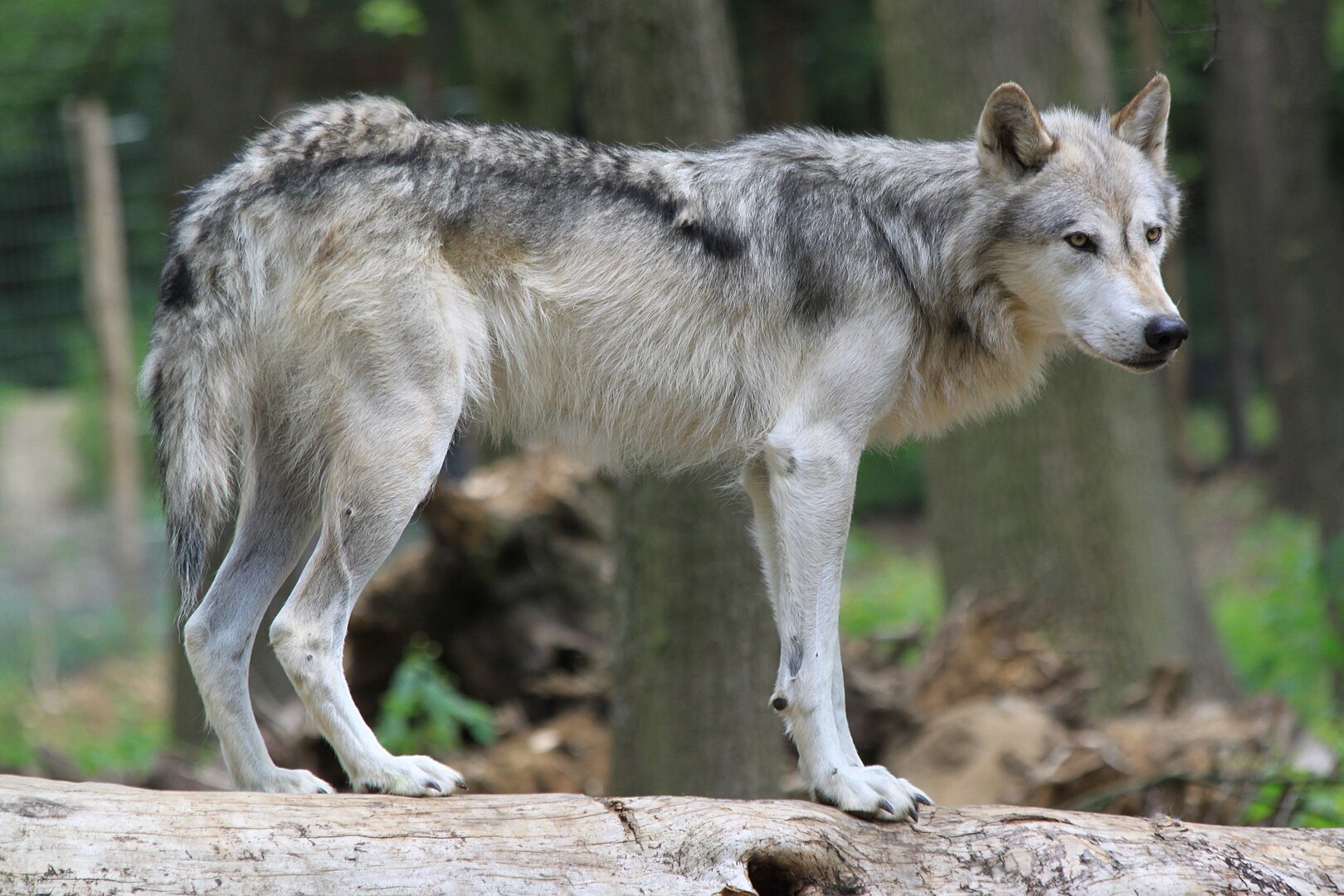For decades, popular culture has perpetuated the image of wolves as solitary creatures, prowling alone through moonlit forests in search of prey. This “lone wolf” archetype has permeated everything from literature and film to business philosophy and self-help advice. However, this widely accepted portrayal fundamentally misrepresents wolf behavior and ecology. In reality, wolves are among the most social mammals on the planet, with complex pack structures and cooperative hunting strategies that have evolved over millennia. This article aims to dispel the persistent myth of the lone wolf and reveal the fascinating reality of how wolves truly live, hunt, and thrive as highly social animals. Understanding the actual nature of wolf behavior not only corrects a common misconception but also offers valuable insights into one of nature’s most sophisticated social systems.
The Origins of the Lone Wolf Myth
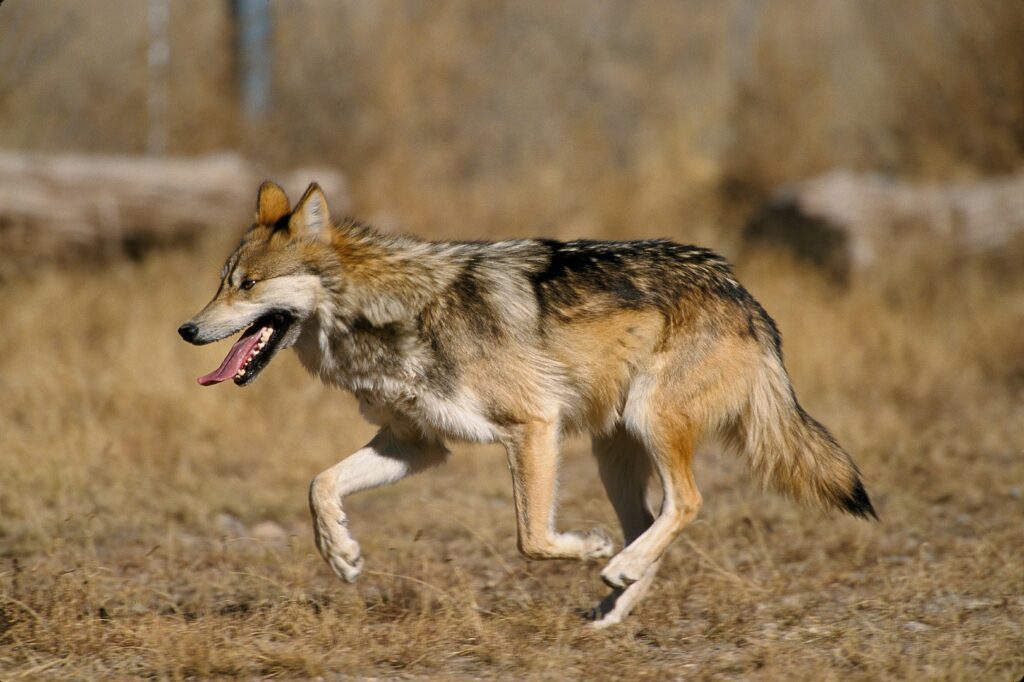
The lone wolf mythology can be traced to a combination of limited scientific understanding, cultural storytelling, and selective observation. Early naturalists occasionally spotted wolves traveling alone and incorrectly assumed this was their standard behavior. Literary traditions, particularly in European folklore, reinforced this image by portraying wolves as solitary predators stalking through the darkness. The archetype gained further traction through early frontier accounts in North America, where settlers rarely observed complete pack dynamics. Additionally, the symbolic power of the solitary predator resonated with human narratives about individualism, independence, and self-reliance. This combination of factors cemented the lone wolf image in popular consciousness despite mounting scientific evidence to the contrary since the mid-20th century.
The True Social Nature of Wolves
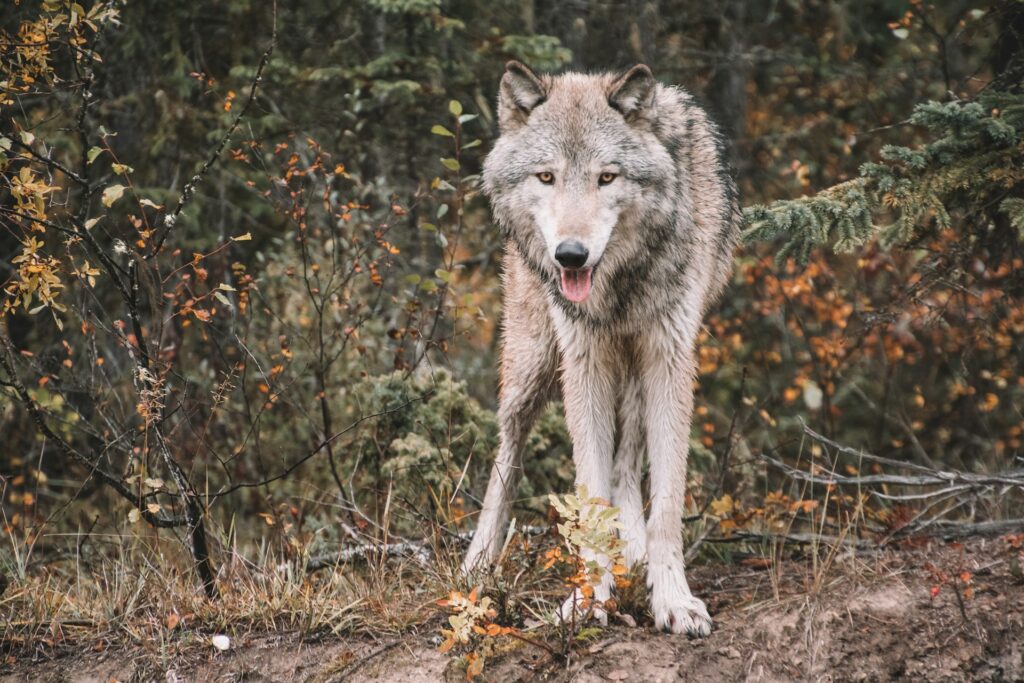
Wolves are fundamentally social animals that live in family groups called packs, which typically consist of a breeding pair (the alpha male and female) and their offspring from multiple years. Pack sizes vary widely depending on habitat, prey availability, and population dynamics, ranging from as few as three wolves to more than twenty members in some regions. These packs function as cohesive social units with sophisticated communication systems, including vocalizations, body language, facial expressions, and scent marking. Researchers studying wolf behavior have documented complex social bonds with expressions of affection, play behavior, mourning rituals, and elaborate care for injured pack members. Far from being lone hunters, wolves develop lifelong social connections and demonstrate remarkable levels of cooperation in virtually all aspects of their lives.
Pack Structure and Hierarchy
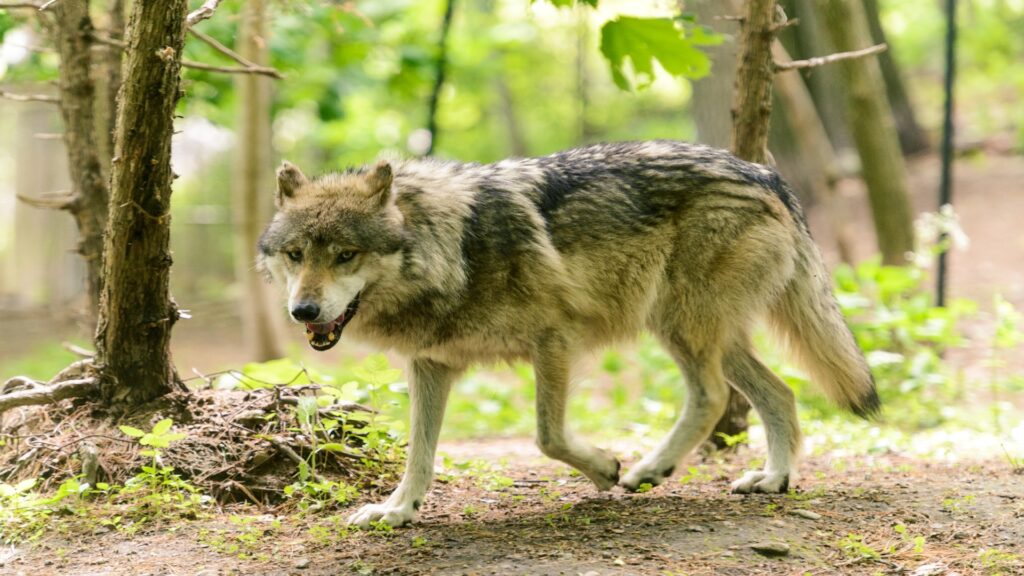
Wolf packs operate under a nuanced social structure that was previously oversimplified as a rigid dominance hierarchy. Modern research reveals that most wild wolf packs function more like families, with the breeding pair naturally assuming leadership roles as parents rather than through aggressive dominance. This breeding pair typically coordinates activities including hunting, territory defense, and pup rearing. Other pack members include offspring of different ages, with yearlings and two-year-olds often helping to care for new pups in a form of cooperative breeding. Each wolf has a unique position within this social network, with roles that may change as individuals mature or as the pack composition shifts. Status is maintained primarily through subtle body language rather than the frequent violent confrontations portrayed in outdated wildlife accounts.
Cooperative Hunting Strategies
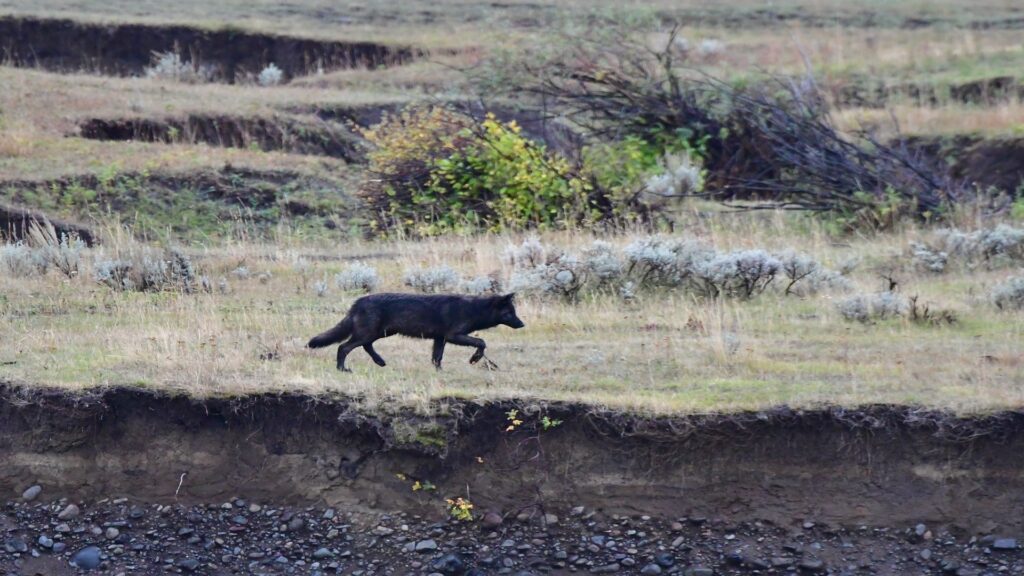
Contrary to the lone hunter image, wolves have evolved sophisticated cooperative hunting strategies that enable them to take down prey many times their individual size. Pack hunting typically involves coordinated roles where some wolves may drive prey toward others waiting in ambush positions. Different pack members may specialize in certain functions during hunts based on their individual strengths, speed, or experience. Studies show that hunting success rates increase dramatically with pack size when pursuing large prey like elk, moose, or bison. This cooperation extends beyond the chase itself—wolves share kills according to established social patterns, with breeding wolves typically feeding first but ensuring that all pack members receive nourishment. This level of hunting coordination represents one of the most advanced cooperative behaviors observed in the animal kingdom.
When Wolves Do Travel Alone
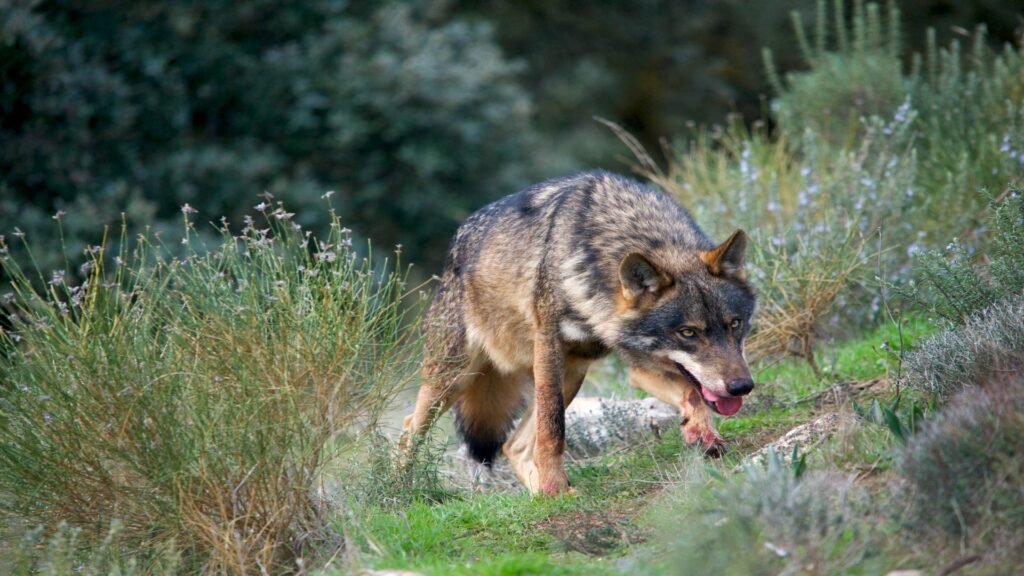
While wolves are fundamentally pack animals, there are specific circumstances when individual wolves do travel alone, which likely contributed to the lone wolf myth. Dispersing wolves—typically young adults between 1 and 3 years old—may leave their natal pack to find mates and establish territories of their own. This dispersal phase is temporary but can last months or occasionally years. Older wolves may sometimes become separated from their packs due to injury, illness, or social disruption. Some adult wolves are occasionally forced out of packs during periods of resource scarcity or internal conflict. However, these solitary periods represent challenging transitions rather than preferred states, with lone wolves typically seeking to form or join new packs at the earliest opportunity. Their survival rates during solitary periods are significantly lower than those of wolves living within established packs.
Communication Within the Pack
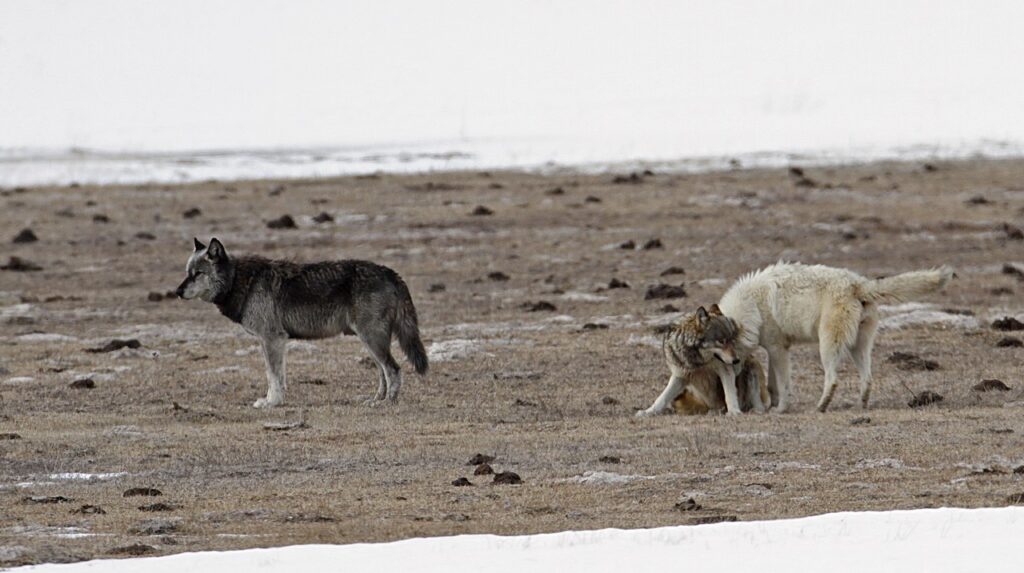
Wolf packs maintain cohesion through elaborate communication systems that facilitate coordination during hunting, traveling, and territory defense. Their famous howls serve multiple purposes, including assembling the pack, announcing territorial boundaries to neighboring packs, and maintaining contact across distances. Beyond howling, wolves employ a sophisticated repertoire of vocalizations, including barks, whines, growls, and yips, each with specific contextual meanings. Body language constitutes another critical communication channel, with tail positions, ear movements, facial expressions, and posture conveying nuanced information about intentions and emotional states. Scent marking through urine and feces creates an olfactory landscape that defines territory boundaries and provides information about pack composition and reproductive status. This multilayered communication system enables the high degree of coordination observed in wolf social behavior.
Territorial Behavior and Pack Defense
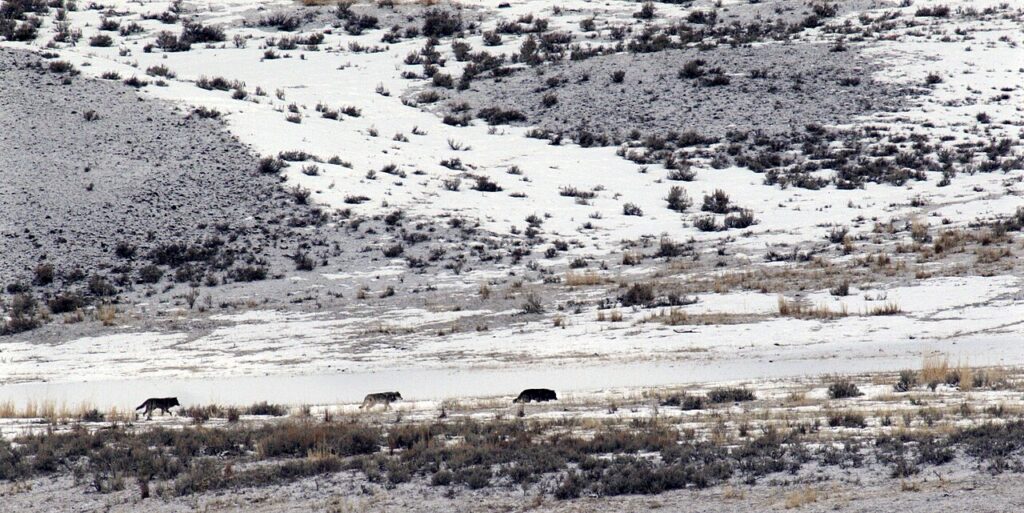
Wolf packs maintain and defend territories that provide them with sufficient prey resources and denning sites. These territories vary dramatically in size depending on habitat productivity, ranging from as small as 50 square miles in prey-rich areas to over 1,000 square miles in more barren regions. Territorial defense is primarily a group activity, with packs conducting regular boundary patrols and scent-marking expeditions. When packs encounter each other at territorial boundaries, interactions can range from cautious observation to aggressive confrontations, sometimes resulting in serious injuries or fatalities. Lone wolves attempting to traverse established territories face considerable danger from resident packs, which typically view them as territorial intruders. This territorial reality creates another survival challenge for any wolf temporarily separated from its pack, contradicting the romantic notion that lone wolves freely roam wherever they please.
Reproduction and Pup Rearing
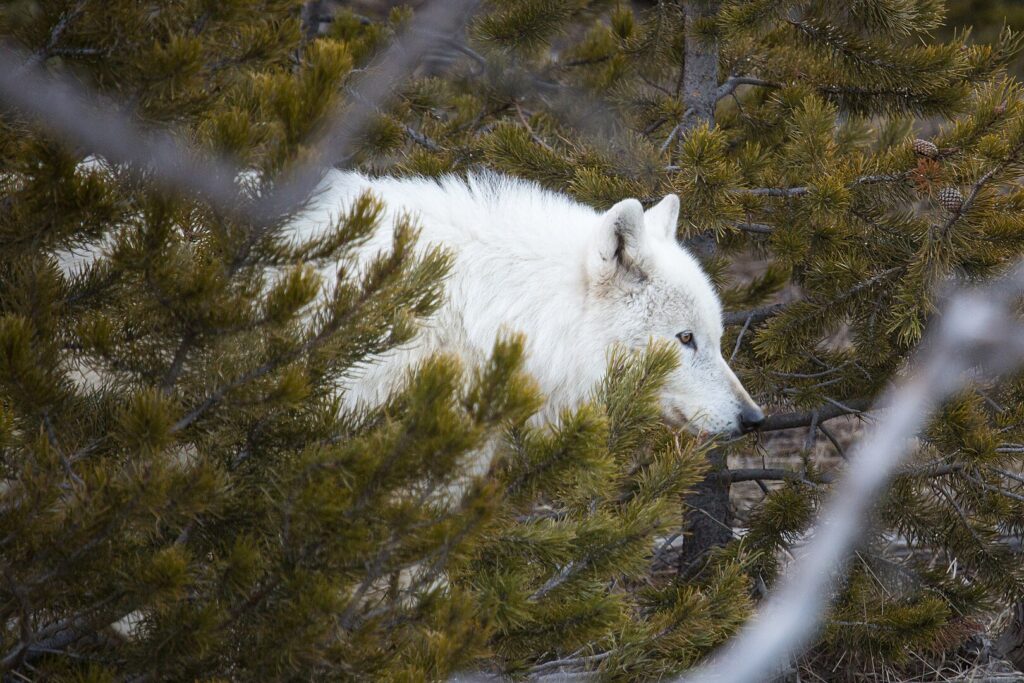
Wolf reproduction and pup rearing represent among the most cooperative aspects of pack life, demonstrating how far removed actual wolf behavior is from the lone wolf archetype. Typically, only the alpha pair in each pack breeds, producing a single litter of 4-7 pups annually during the spring. The entire pack participates in raising these pups, with non-breeding adults regurgitating food for the young and taking turns guarding the den site. As pups grow, older pack members teach them essential skills through a combination of demonstration, play, and gradually increased participation in pack activities. This alloparental care (care provided by individuals apart from the parents) represents an evolutionary adaptation that increases pup survival rates and allows wolf families to pass down complex learned behaviors across generations. Such elaborate cooperative breeding stands in stark contrast to any notion of wolves as independent loners.
The Challenges of Solitary Life
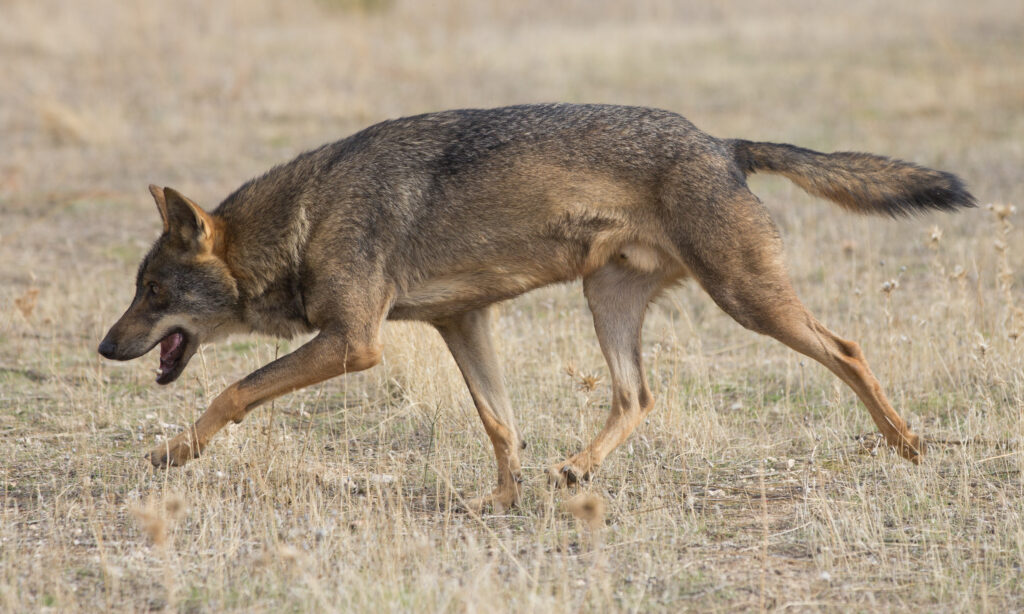
When circumstances force wolves into temporary solitary existence, they face numerous challenges that highlight why pack living is their natural state. Lone wolves must hunt smaller prey than what packs can take down, often resorting to smaller mammals, scavenging, or even unusual food sources during desperate times. Without packmates to assist with territory defense, lone wolves typically become nomadic, avoiding established pack territories and seeking unoccupied habitat patches. Medical research shows that injuries heal more slowly in lone wolves without pack members to clean wounds and provide protection during recovery periods. Perhaps most significantly, studies indicate substantially higher mortality rates among lone wolves compared to those living in packs, with lone individuals experiencing roughly twice the annual mortality rate observed in pack-living wolves. These challenges explain why solitary periods represent a vulnerable transition phase rather than a sustainable lifestyle for wolves.
Seasonal Variations in Pack Behavior
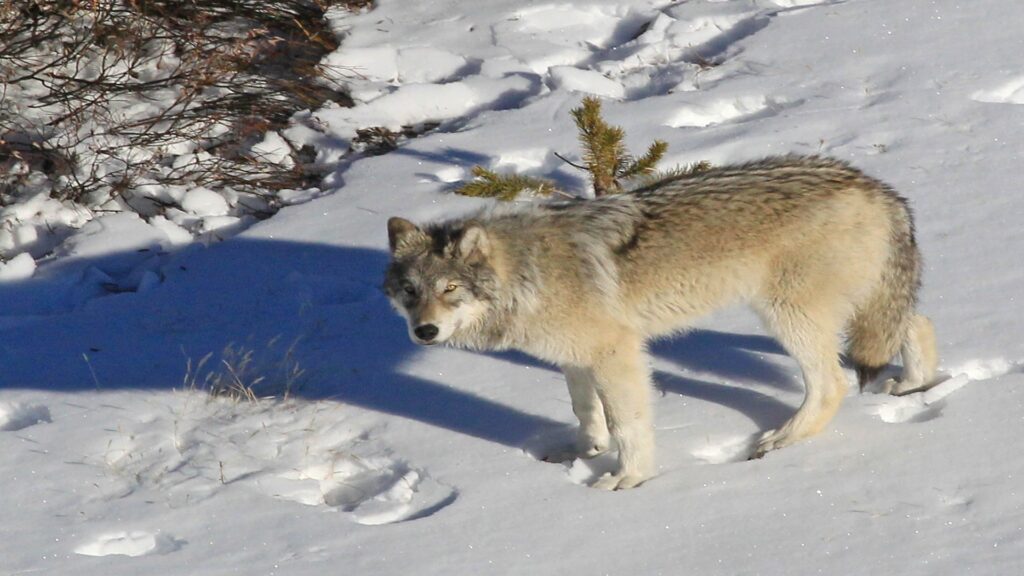
Wolf pack dynamics fluctuate seasonally in ways that further demonstrate their social interdependence. During winter months, packs typically travel and hunt together more consistently, tackling larger prey like elk and moose when deep snow increases their hunting advantage. Spring brings denning season, when pack activities center around the den site and pack members take specialized roles in pup care and provisioning. Summer often sees packs establishing rendezvous sites—aboveground areas where growing pups remain while adults hunt—with pack members rotating through watching, feeding, and teaching the young. Fall coincides with the dispersal season when some young adults may leave to find mates, temporarily reducing pack size until new members are born or join. Through all these seasonal changes, the fundamental social structure remains intact, with wolves continuously adapting their cooperative behaviors to changing environmental conditions.
How Wolf Research Has Evolved

Our understanding of wolf social behavior has undergone dramatic transformation as research methodologies have improved. Early wolf studies relied heavily on tracking and occasional observation, often of captive animals in unnatural settings, which reinforced misconceptions about dominance hierarchies and aggressive pack structures. The advent of radio collars in the 1970s and GPS tracking in recent decades has allowed for continuous monitoring of wild wolf movements and interactions. Long-term research projects, particularly the Isle Royale Wolf Study (running since 1958) and the Yellowstone Wolf Project (since 1995), have provided unprecedented insights into natural pack dynamics. DNA analysis now enables researchers to understand genetic relationships within packs, confirming their fundamental nature as family units. Modern research techniques, including camera traps, howl boxes, and non-invasive sampling methods, continue to reveal the remarkable complexity of wolf social systems previously hidden from human observers.
Cultural Impact of the Lone Wolf Myth
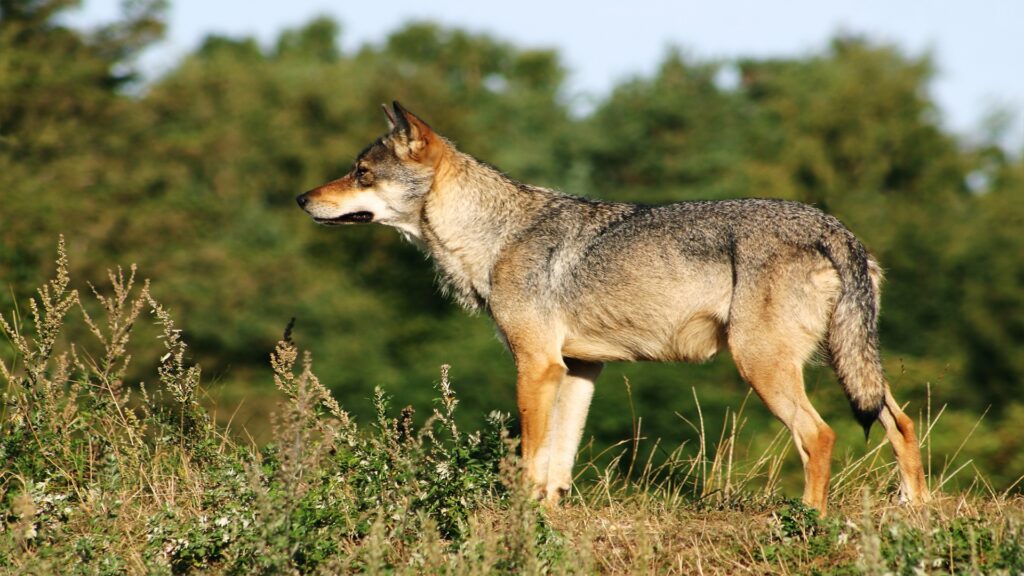
The lone wolf mythology has extended far beyond wildlife biology to permeate human culture in ways that reveal our complex relationship with these animals. In literature and film, the lone wolf character typically represents the alienated outsider, simultaneously dangerous and romantic. Business culture has adopted “lone wolf” terminology to describe independent operators who reject teamwork in favor of individual achievement. Psychology and self-help literature sometimes glorify lone wolf characteristics as representing independence and self-reliance. Even extremist ideologies have co-opted the term to describe isolated individuals acting outside organizational structures. These cultural interpretations prove remarkably persistent despite their biological inaccuracy. Ironically, the very qualities humans most admire in wolves—their hunting prowess, territorial success, and survival skills—actually stem from their sophisticated social cooperation rather than individual efforts.
Conservation Implications of Understanding True Wolf Behavior
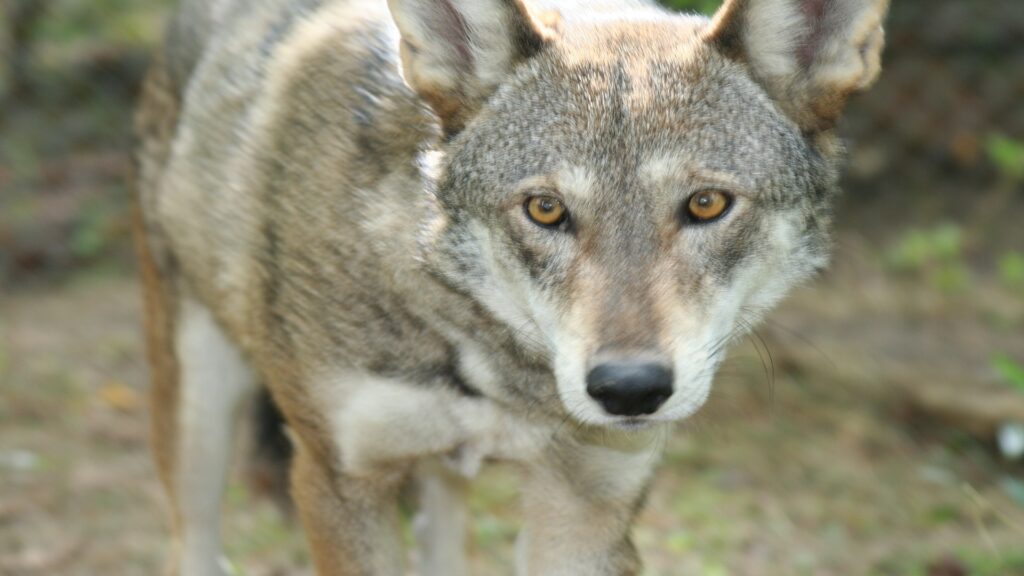
Recognizing wolves as fundamentally social creatures carries significant implications for conservation efforts and management policies. Effective reintroduction programs must consider pack dynamics rather than simply releasing individual wolves, ensuring proper social groupings and family units. Hunting regulations in areas where wolves are legally harvested should account for how pack disruption affects remaining wolves, potentially causing territory abandonment or breeding failures. Wildlife corridors must be designed to accommodate pack movements and dispersal patterns rather than individual migrations. Public education about actual wolf behavior can help build tolerance among communities sharing landscapes with wolves by replacing fearsome lone predator images with more accurate representations of family-oriented animals. Perhaps most importantly, appreciating wolves’ social nature challenges simplistic cultural narratives that have long justified persecution of these animals based on misunderstanding their true nature.
Conclusion
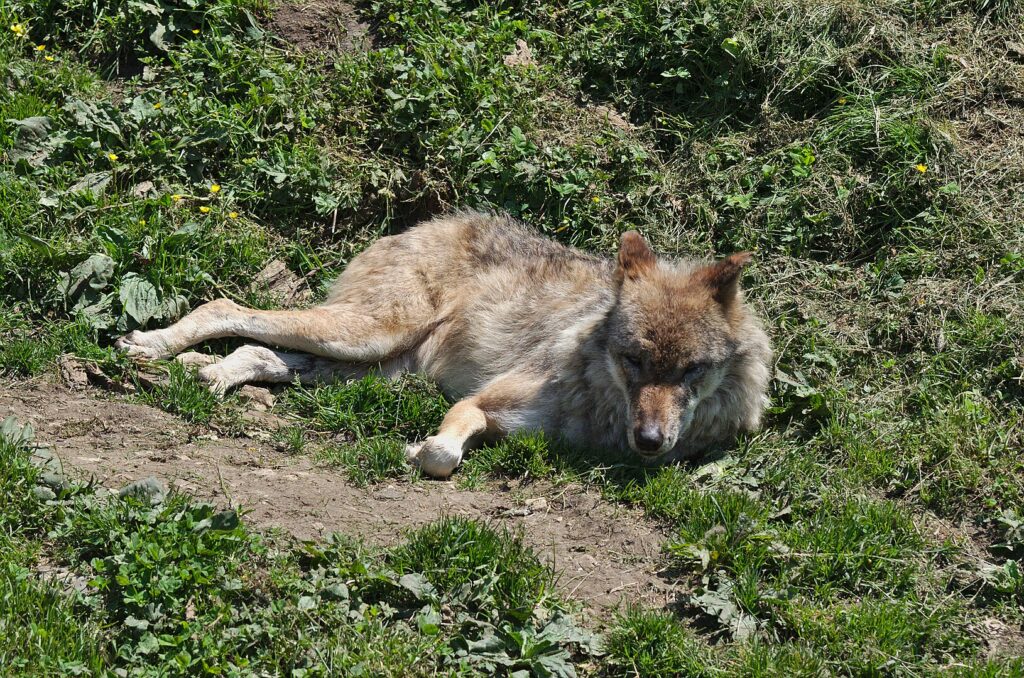
The persistent myth of the lone wolf represents one of wildlife biology’s most pervasive misconceptions. Far from being solitary hunters, wolves have evolved one of the animal kingdom’s most sophisticated social systems, with complex pack structures, cooperative hunting strategies, and elaborate communication networks. The rare instances when wolves do travel alone typically represent challenging transitional periods rather than their natural state. Modern research continues to reveal increasingly nuanced aspects of wolf social behavior, demonstrating levels of cooperation and interdependence previously underappreciated. By understanding wolves as they truly are—highly social, family-oriented animals—we gain not only scientific accuracy but also a more profound appreciation for these remarkable predators. The reality of wolf behavior proves far more fascinating than the myth, revealing social complexities that rival our own human societies in their sophistication and adaptability.

